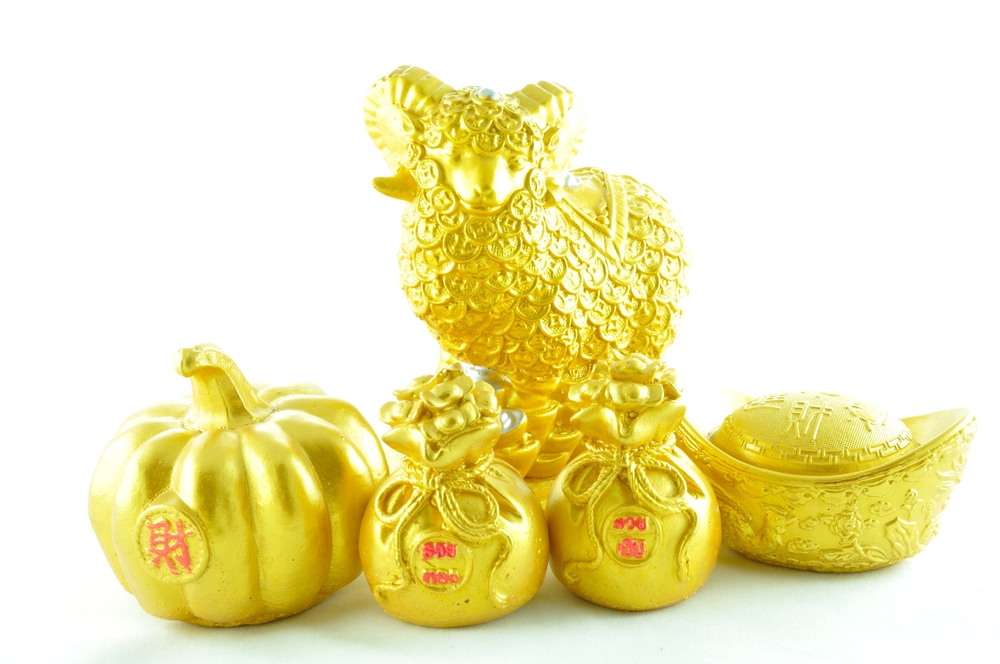
As the holiday season draws to a close and many Australians return to work, another new year is still in full swing. Throughout East and South East Asia, the Lunar New Year, or, as it is often referred to, ‘Chinese New Year’, celebrations are well underway. So why should this be of interest to Australians? Here’s why: Our Asian neighbours are important, there are hundreds of thousands of Asians living here and many Australian companies do business in Asia, yet we barely acknowledge the huge Lunar New year celebrations. And for the most part, it’s a missed opportunity for cross cultural business communication.
However, those Australian companies who make the effort send a Lunar New Year card to their Asian stakeholders set themselves apart from their competition by displaying basic cross cultural communication skills… But more than that, by showing a genuine interest in the traditions that make up the Asian way of life, you display respect, which is rated very highly in Asia.
A Lunar New Year card stating ‘Gong Hay Fat Choy’ as they say in Hong Kong, which translates to “I wish you wealth and prosperity”. However, a simple Happy Lunar New year will be well received and avoids language and translation mistakes.
Western companies should also note that Lunar New Year holiday dates differ from country to country and region to region. As discussed in (*Phatak, Bhagat, and Kashlak 2009, p. 157) Disney Hong Kong made the costly mistake of assuming that mainland China and Hong Kong’s Lunar New Year public holidays would be the same. In reality the Mainland Chinese had a longer break than their Hong Kong cousins, causing ticketing havoc for Disney which in turn led to a public relations nightmare and ultimately a loss of revenue.
Australian companies who have so far overlooked the advantages of cross cultural communication by acknowledging The Year of the Sheep, may still consider putting together an e-card which will be seen by clients suppliers and colleagues on their return to work. A small gesture such as this can mean a lot.
*Phatak, AV, Bhagat, RS &Kashlak, RJ 2009, International Management Managing in a Diverse and Dynamic Global Environment Second edition., McGraw-Hill Irwin New York p.157.